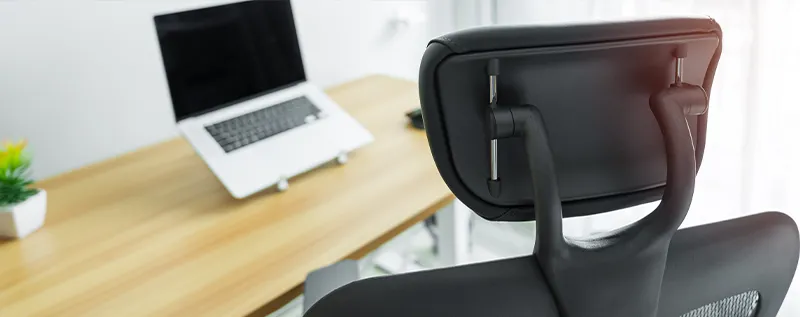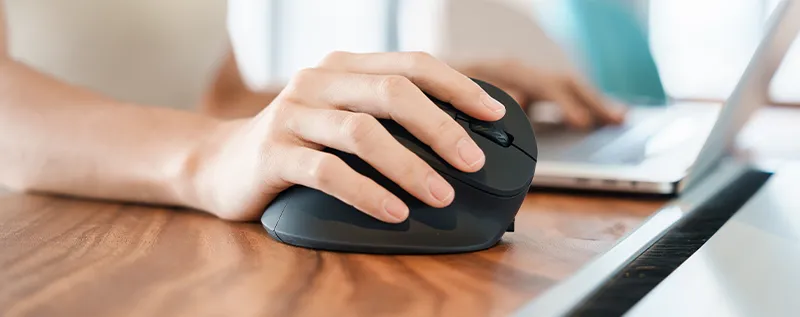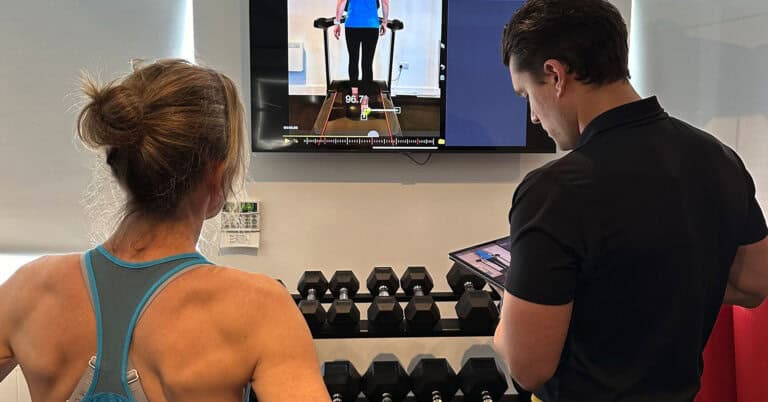As a chiropractor I see a lot of people coming in with chronic pain, joint dysfunctions and muscle imbalances to name a few and a large percentage of those patients are desk workers with poor setups which has led to poor posture and impaired health. So, I thought making a blog would benefit many people who may also be struggling or wanting to prevent themselves becoming like the Hunchback of Notre Dam!
Posture is more than just being upright with your shoulders back and chest puffed out – it encompasses movement and functionality. Sustaining good posture is paramount for overall health and well-being. It aids in staving off muscular and joint strains, facilitating fluid movement without nagging aches. The extensive hours spent at a desk can profoundly affect our posture and well-being. Poor desk ergonomics contribute to slouching, rounded shoulders, and forward head posture, all exerting strain on the spine, causing it to curve more. By prioritising proper desk ergonomics, we can mitigate these risks and cultivate a healthier spine.
The Components of Desk Ergonomics
I’ve identified four key areas crucial for composing an optimal ergonomic desk setup: chair selection, desk arrangement, positioning of the keyboard and mouse, and incorporating intervals of mobility (aka taking regular breaks!). Let me guide you through each section to help you improve the ergonomics of your desk setup for a spine-friendly work session.
Desk Chair Choice

The best advice when choosing a chair is get one that offer the most adjustable options:
- Height: Ensure the chair can be adjusted to the appropriate height, allowing your knees to rest slightly below your hips when seated.
- Back support: Look for chairs with adjustable back support to maintain proper spinal alignment and reduce strain on your lower back.
- Depth: Choose a chair with adjustable seat depth to support your thighs comfortably and prevent pressure on the backs of your knees.
- Arm rest position and height: Opt for a chair with adjustable armrests that can be positioned at the correct height to support your arms and shoulders without causing strain.
- Head rest position and height: If available, select a chair with an adjustable headrest to provide support for your neck and head, promoting better posture and reducing neck strain.
The more you can adjust it the better as that way you can fit it especially to you. When seated, you want your knees just below your hips and your feet should rest flat on the floor. It’s important that both feet stay on the floor, crossing legs or sitting on your feet can result in mechanical dysfunction within the vertebra and the pelvis to become rotated.

Desk Setup
Set up your desk at a height that allows your shoulders to be relaxed, elbows just on the armrests and forearms to be parallel with the floor to prevent strain through the wrists. Your elbows should rest comfortably at your sides and your forearms to be parallel to the ground when typing. Position the monitor around an arms length away directly in front of you, not off to the side, and the middle of the screen should be in-line with your eyes. Avoid having your monitor in a position where you;re looking down or up, as this will strain the neck and upper back.

Keyboard and Mouse Placement
When sitting at your desk you basically want to be like a t-rex! And by that I mean keeping elbows tucked in and everything close to you to minimise reaching as this will cause imbalance and rotation within the spine. Position your keyboard parallel to the monitor and mouse. Using an ergonomic mouse can help to prevent wrist and elbow strain by keeping the hand in a more neutral position.

Taking Regular Breaks
If you’ve read this far then great! I’m about to give you the most important tip for maintaining the best posture and that is…movement!
Remember to take short breaks every 45 minutes to an hour. Use this time to stand up, stretch, and move around. Even brief moments of movement will reset your posture to help reduce stiffness and improve circulation, keeping your muscles and joints happy.
Exercises and Stretches you can use at the desk
Are You Experiencing Any Discomfort From Your Desk Setup?
If you’re experiencing any aches or discomfort at your desk, this could be your body’s way of telling you something isn’t right and it might be in need of some hands on help! If you have any concerns I’d encourage you to book in with myself or one of the team for treatment. If you are unsure of the what treatment would be best suited for your needs, you can also try a complimentary 15 minute consultation with myself or any of our chiropractors at Active Health Clinics.
Take the first step to improving your health and wellbeing by booking a treatment with us online here.


